Home > Products > Other Pharma APIs > Pregabalin
Pregabalin
- Category: Other Pharma APIs
- Views:1996
- Purity: 99%
- Lead time: 4-7 days
- Payment: WU,MG, Bitcoin,Paypal
- Packing: discreet packaging
- Product description:MSN Pharma supply high quality pregabalin raw materials. buy pregabalin at MSNPharma with paypal fast delivery safe payment method
Product Name: Pregabalin
Brand name: Lyrica
Synonyms: 3(S)-(AMINOMETHYL)-5-METHYLHEXANOIC ACID;(3S)-3-(AMINOMETHYL)-5-METHYLHEXANOIC ACID;PREGABALIN;Pregablin;3-(Aminomethyl)-5-methyl-hexanoic acid;PREDNISOLONESODIUMPHOSPHATE;(R)-Pregabalin;(S)-PregabalinCAS: 148553-50-8
MF: C8H17NO2
MW: 159.23
EINECS: 200-659-6
Product Categories: APIs;Miscellaneous Biochemicals;Intermediates & Fine Chemicals;Neurochemicals;Pharmaceuticals;API;compounds;LYRICA
Mol File: 148553-50-8.mol

Chemical Properties:
MP 194-196°C
storage temp. Store at RT
Appearance Off-White Solid
Safety Information:
Hazard Codes Xn,T,F
Risk Statements 63-48/22-39/23/24/25-23/24/25-11
Safety Statements 22-36/37-45-16-7
Usage And Synthesis:
Usage
1.Pregabalin is an anticonvulsant drug used for neuropathic pain, as an adjunct therapy for partial seizures, and in generalized anxiety disorder. It was designed as a more potent successor to gabapentin.
2.S-Enantiomer of Pregabalin. A GABA analogue used as an anticonvulsant. Anxiolytic analgesic used to treat peripheral neuropathic pain and fibromyalgia.
Introduction
Pregabalin is an inhibitor of neuronal activity used for therapy of neuropathy and as an anticonvulsant. Therapy with pregabalin is not associated with serum aminotransferase elevations, and clinically apparent liver injury from pregabalin has been reported but appears to be quite rare.Background
Pregabalin is a structural analogue of gamma-aminobutyric acid (GABA) but is novel in its activity, having no effects on GABA-A or GABA-B receptors. Instead, the neuronal acitivity of pregabalin appears to be mediated by its binding to the alpha-2-delta subunit of the presynaptic voltage-gated calcium channel whcih leads to a decrease in release of neuroexcitatory neurotransmitters by hyperexcited neurons. Pregabalin has been shown to be effective in reducing neuropathic pain from diabetic and postherpetic neuropathy and is an effective anticonvulsant. Pregabalin was approved for use in the United States in 2004. Current indications include diabetic and post-herpetic neuropathy andas adjunctive therapy of partial onset seizures. Pregabalin is also used for fibromyalgia and off-label for generalized anxiety disorders and migraine. Pregabalin is available in capsules in varying concentrations from 25 to 300 mg under the brand name of Lyrica. The recommended initial dose for neuropathic pain is 50 to 75 mg two to three times daily, the maximum dose being 300 mg daily. Higher doses are used in treating seizures. The dose should be increased and tapered gradually. The most common side effects of pregabalin are dose related and include peripheral edema, weight gain, dizziness, somnolence, confusion, headache, blurred vision, tremor and ataxia.
Hepatotoxicity
Limited data is available on the hepatotoxicity of pregabalin. In prelicensure clinical trials in diabetic neuropathy and epilepsy, therapy with pregabalin was not associated with an increased frequency of serum aminotransferase elevations or liver toxicity. Since its approval and more wide scale use, however, pregabalin has been linked to rare instances of clinically apparent liver injury. Most cases were mild and frequently without jaundice. The latency to onset of injury was short, symptoms of liver injury arising within 3 to 14 days. Both cholestatic and hepatocellular patterns of injury have been reported. Signs of hypersensitivity (fever, rash, eosinophilia) and autoimmunity were not present. Some cases have been severe and associated with marked jaundice and prolongation of the prothrombin time, but all casesultimately resolved after the medication was stopped without evidence of residual injury.
Mechanism of Injury
The low rate of significant hepatotoxicity from pregabalin may be due to its minimal hepatic metabolism and rapid urinary excretion. The injury is clearly idiosyncratic and either immunologic or metabolic causes are possible.
Outcome and Management
The case reports of hepatic injury due to pregabalin were followed by complete recovery without evidence of residual or chronic injury. There is no information about cross reactivity with other compounds having similar structure (gabapentin).Products Category
News
- US and Canada Domestic Shipping Available…2020-07-27
- EUROPE Domestic Shipping Available…2020-06-17
- BITCOIN GUIDE…2018-03-07
- Buy Steroid Powder With Bitcoin from UK ?…2017-12-29
CONTACT US
Name: Mr. James
Mobile:Telegram +44 741-834-8043
Tel:Whatsapp: +44 741-834-8043
Email:[email protected]
Add:8 Lordship Grove, Stoke Newington, London N16 0QB, UK

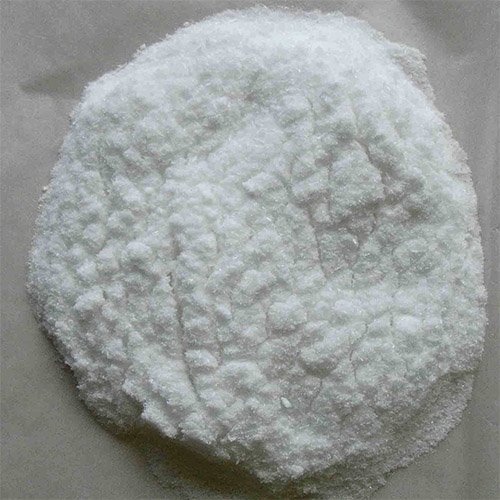
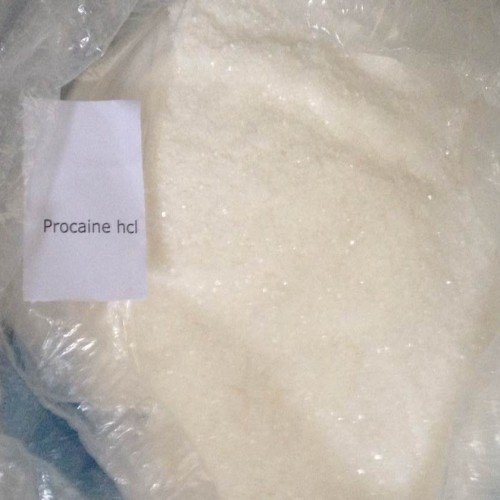
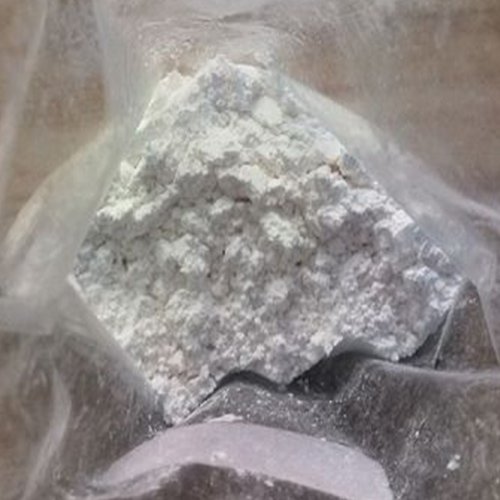
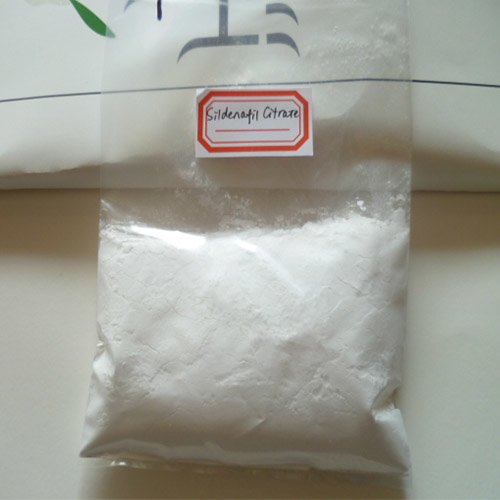
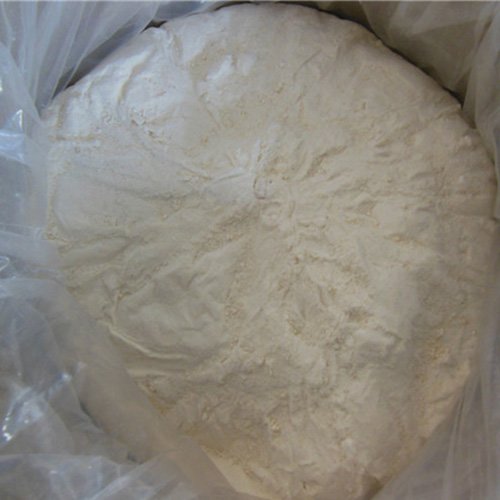
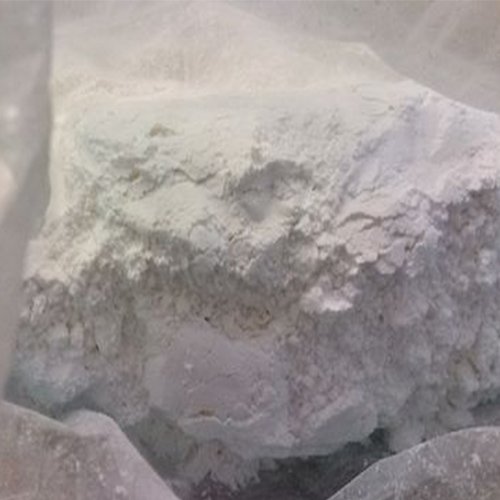
 James
James